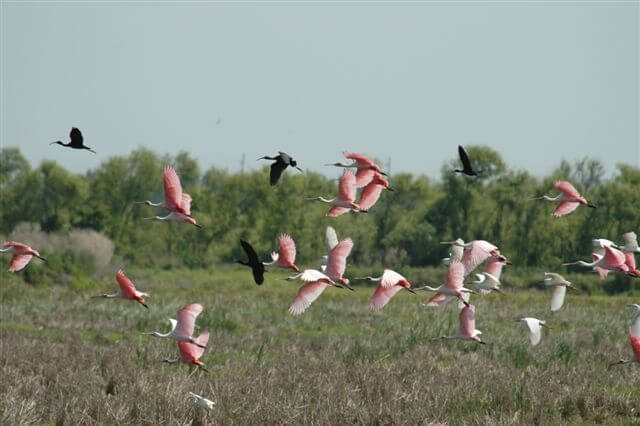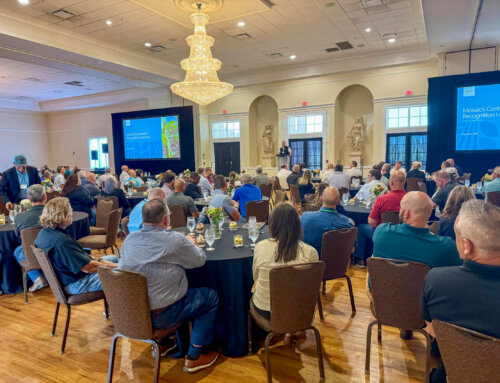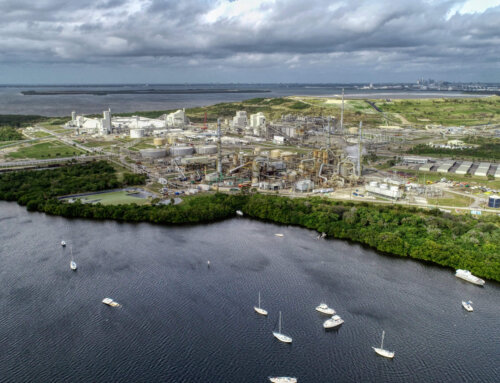For Mosaic’s team of reclamation ecologists, being “on the job” means being “in the field” restoring local ecosystems. Some of our reclamation projects involve constructing stream systems that connect wetlands and lake systems providing wildlife corridors and aquatic habitat.
While a stream’s function appears fairly straightforward, its role in a watershed is actually quite complex. Draining and delivering water to the wetland habitats they connect at the right time and in the right quantity is an essential part of a stream’s function. If those systems don’t deliver the needed water at the right time, those habitats won’t thrive.
It’s one of the many reasons our expert team of reclamation specialists use the latest technology and scientific innovation to successfully revive streams that, in some cases, haven’t existed for over a century.
Construction of a reclaimed stream project typically begins with Rosgen stream modeling techniques and simulated flood flows. Using these methods – both based on proven science for restoring proper hydrological function and valuable wildlife habitat – we carefully and thoughtfully design and excavate stream depth and width, incorporating natural meanders to control the velocity of water flowing through the system.

After biodegradable erosion control fabric and silt fencing are in place, we install woody debris to create habitats for fish and other small aquatic animals. We also plant fast-growing seasonal grasses and other plants, which helps stabilize banks, accelerate the establishment of native vegetation and ensure water quality standards are met once reconnection occurs.
Roseate spoonbills often flock to newly constructed wetlands like this because of the excellent habitat and foraging they provide. Some of the state’s outstanding natural corridors for native wildlife and thriving stream systems are on formerly mined land, proving that we can and we do successfully reclaim these habitats.





